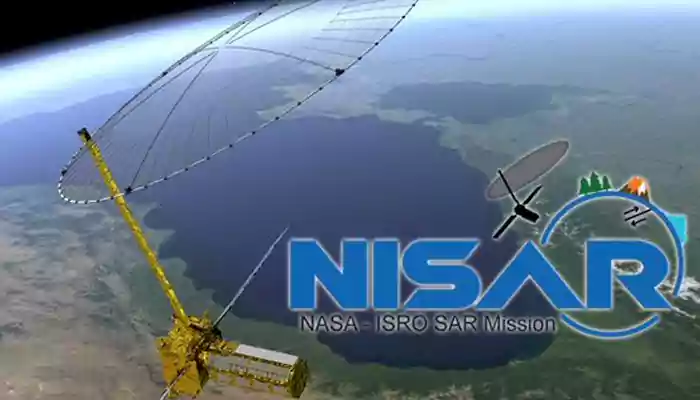ISRO Invites Research Proposals For NISAR-based Projects

The NISAR Observatory will be launched from Satish Dhawan Space Centre(SDSC) SHAR, Sriharikota.
ISRO said only selected projects would receive funding support while non-funded projects would have access to ISRO’s technical assistance and ground validation data.
NISAR was envisioned by NASA and ISRO nine years ago in 2014 as a powerful demonstration of the capability of radar as a science tool and help us study Earth's dynamic land and ice surfaces in greater detail than ever before.
The initiative:
The Indian Space Research Organisation (ISRO) on Friday announced a programme for Indian researchers and scientists to access, analyse and interpret data obtained from its NISAR (NASA ISRO Synthetic Aperture Radar) satellite mission.NISAR's data can help people worldwide better manage natural resources and hazards, as well as providing information for scientists to better understand the effects and pace of climate change. It will also add to our understanding of our planet's hard outer layer, called its crust.
Official Statement from ISRO:
“Nisar offers vital data to observe and study Earth’s intricate processes. This cutting-edge mission involves high-resolution imaging, precise orbit control and short revisit periods. It aims to study ecosystem, cryosphere, solid Earth science and coastal ocean processes to address global environmental changes and natural hazards. It supports disaster responses by providing rapid access to relevant data,” ISRO said."It carries L and S dual band SAR which operates with the Sweep SAR technique to achieve large swathes with high-resolution data.
"NISAR UP will support three-year projects in diverse areas including agriculture, forestry, hydrology, snow/glaciers, and disaster management, using the L and S band data," the statement mentioned.
"Researchers are invited to join the programme leveraging NISAR data to make discoveries and create a sustainable future for our planet," the statement concluded.
About NISAR:
NISAR is a low earth orbit observatory, jointly developed by NASA and ISRO. It is designed to map the entire globe in 12 days and deliver data critical in understanding the earth’s ecosystems, the rise of sea levels, ice mass and natural hazards.The NISAR Observatory will be launched from Satish Dhawan Space Centre(SDSC) SHAR, Sriharikota on the southeast coast of the Indian peninsula, on the GSLV expendable launch vehicle contributed by ISRO.
The project proposals have to be submitted by October 31, 2023 and results will be communicated by March 1, 2024.












